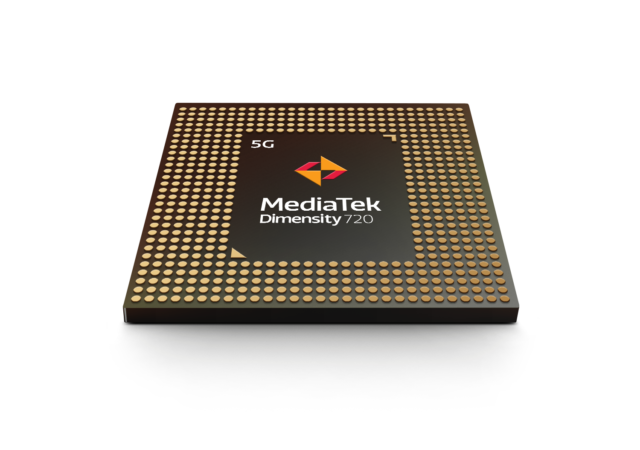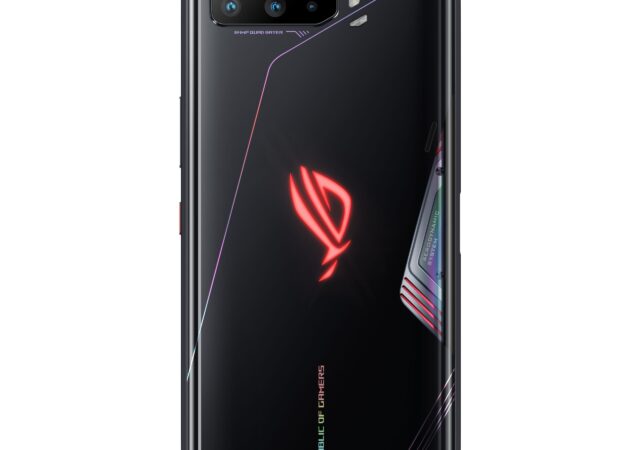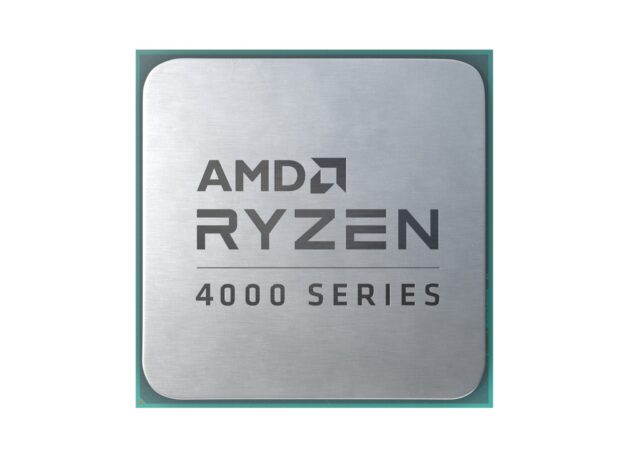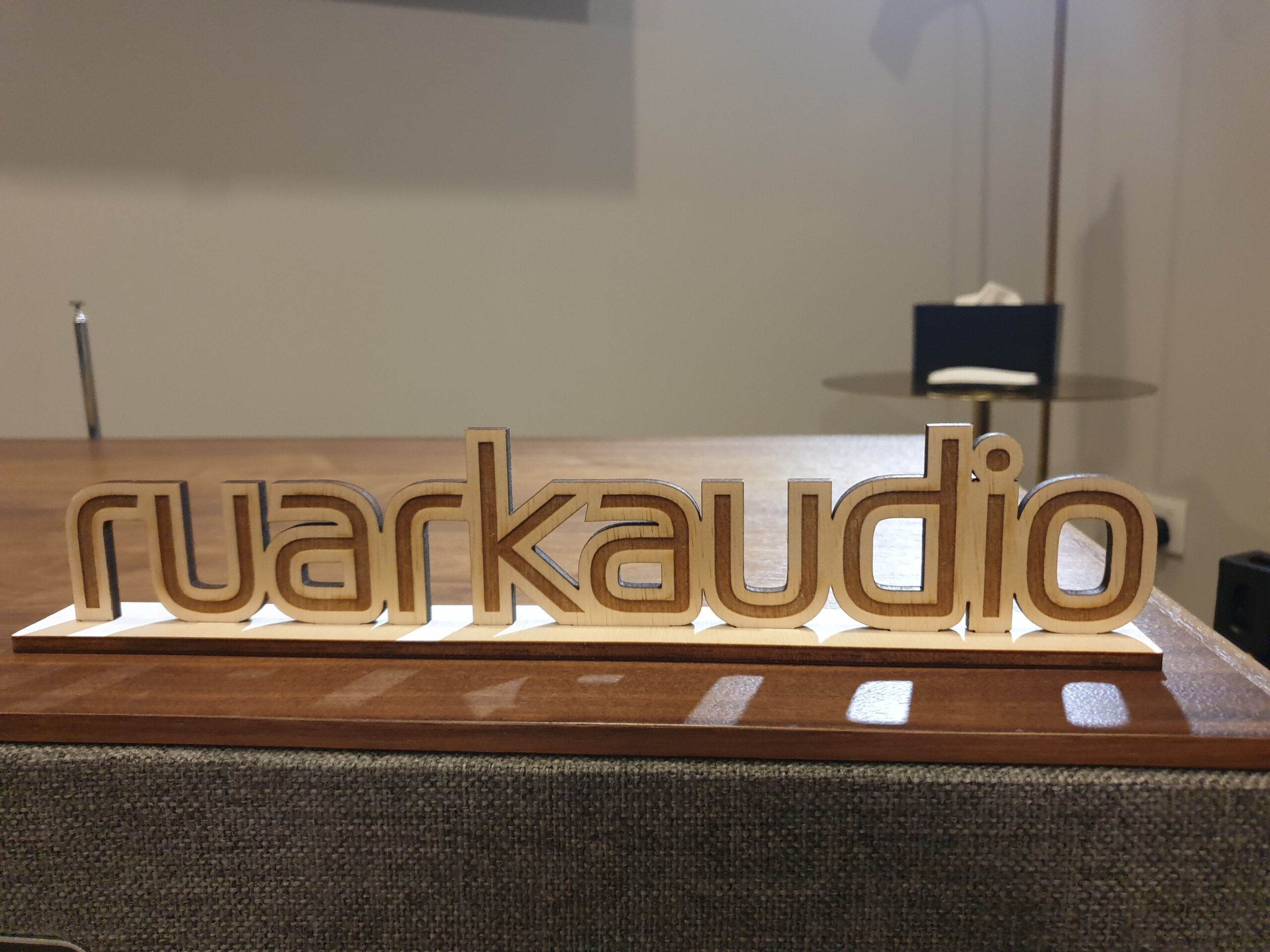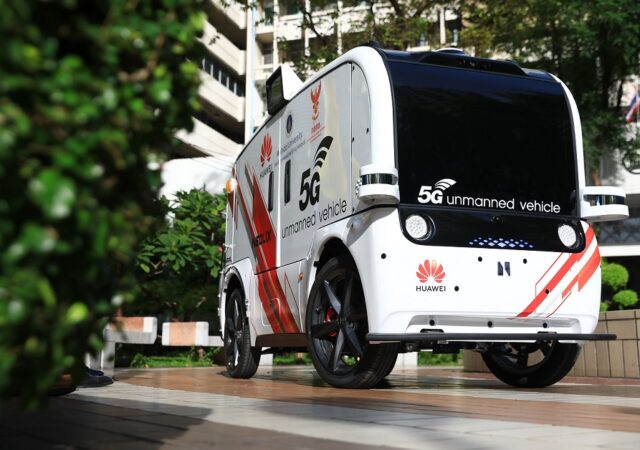MediaTek just announced their new Dimensity 720 SoC with 5G network capabilities for mid-range smartphones with 90Hz display support.
Now You can Have Your Own BMW X5 xDrive45e M Sport, Just Use Your Smartphone!
BMW just launched their new X5 with just under 400 hp on all wheels. The BMW X5 also launched with an AR app as a sort of virtual showroom.
ASUS ROG Phone 3 Launched – Third Time’s the Charm
ASUS Launched th ROG Phone 3 with Qualcomm Snapdragon 865+ SoC. The ROG Phone 3 is currently the most powerful gaming smartphone in the world.
AMD Ryzen 4000 Desktop Series is Here! No Zen 3 Yet Though.
AMD just announced Ryzen 4000 series for desktopp platform. The new CPUs will only be available via system integrators and OEMs.
Ruark Audio Makes its Way into Malaysia With the R3!
Ruark Audio makes it into Malaysia. With the release of the new R3, they are also offering the high-end R7, R5, MR1, and MRx.
IOI Hackathon offers MYR35,000 for Teams Who Crack the Code
IOI Properties holds it’s first hackathon to encourage participants to disrupt the property industry with solutions that help property searchers and renters.
Self-Driving Vehicle Comes to South East Asia Courtesy of HUAWEI
HUAWEI brings 5G supported autonomous vehicle technology to Thailand. The driverless vehicles will serve in the healthcare segment.
Tech & Tonic Episode 19 – What Can We Expect from Samsung Galaxy Unpacked 2020?
Tech & Tonic’s episode 19 is packed with Samsung Unpacked news and expectations. The Samsung Galaxy Note20 is coming to town in August 2020.



